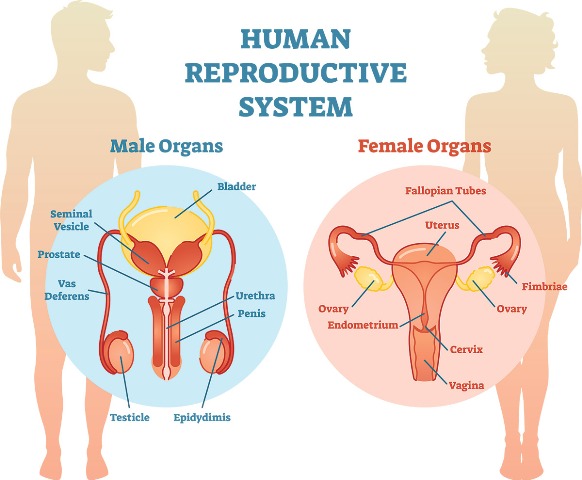Bangladesh rural dwellers constituting 65 percent of the country’s total population have started enjoying the soothing breeze of urban amenities as they are getting healthcare providers, education opportunities, internet services, market access, and infrastructure facilities within their short reach.
The present Awami League government has taken multidimensional plans in line with its election manifesto to modernize villages with urban amenities under the slogan ‘My village-My town’. As the urban facilities are being available revolutionary changes in the village mind have been witnessed towards women empowerment along with gender sensitivity and increasing awareness on women reproductive healthcare those were almost absent in rural society even in two decades back.
Bangladesh is among countries that showed “substantial progress” in reducing child or maternal mortality, says the World Health Organization (WHO) in its global report last year.
The experts said the availability of reproductive healthcare services at free of cost, increment of women literacy, cut off digital divide between cities and villages that connected the rural people with the social network and carried out massive awareness campaign have worked as catalysts behind the success in decreasing child and women mortality rate.
The major credit behind the success goes to the community clinics network, one of the greatest innovations of Prime Minister Sheikh Hasina that ensures primary healthcare at the doorstep of every citizen of the country.
Since its inception, nearly 14,000 community clinics with more than 15000 trained CHCP (community health care providers) are providing healthcare to rural women during their pre-pregnancy and post-pregnancy periods.
The rural women have been comfortable visiting these community clinics in two reasons one is their proximity and other one is more than 60 percent of the CHCPs are women, said Community Based Health Care (CBHC) line director Dr. Shawdev Chandra Rajbangshi.
“These community clinics established in remote areas have been playing a crucial role in reducing maternal and infant mortality rates in the country,” he said.
Apart from Community clinics, reproductive healthcare has been offering to rural women from local Upazila Health Complexes, Union Health, and Family Welfare Centers sand different Satellite Clinic.
Besides, 300 trained midwives have supplemented the government’s endeavors in the last three years by providing reproductive healthcare to women in different haor areas under a Community Health Worker project.
Khairul Huda Chapal, chairman of Sunamganj Sadar Upazila Parishad, said the project has ensured the healthcare of pregnant women in different villages of haor areas in his district.
The community workers also observed that the present government’s digital Bangladesh campaign contributed a lot in bringing change in the mindset of rural women.
“Wiping off digital divide brought urban and rural areas closer virtually … now a village girl can think alike a city girl about their reproductive health as social media is sensitizing them on the various available government-supported healthcare systems,” said a community health worker from a rural village of Sunamganj.
Different social networks and digital contents helped the rural women realized that without a good health neither they can bring up their children in a proper way nor contribute to the financial activities of their families.
According to earlier studies by various government and non-government organizations, only 13 percent of women in the country are used to get skilled midwifery services that resulted in high women mortality rate. Currently, the death toll of pregnant women during childbirth is downed to only 12,000 to 15,000 annually, according to the Ministry of Health.
Shamsad Jahan, a gynecologist at BIRDM general hospital in the capital, said 50 percent women of the country have been suffering from various complications related to reproductive health like complicacy related to cervix and reproductive tract.
“But it is encouraging that women are now becoming aware about their reproductive problems especially in remote areas as more and more rural women get access to healthcare facilities during giving birth,” she said.
Jahan said even the urban women who are only concerned over their pregnancy-related problems earlier, now aware of other reproductive diseases uterine cancer and fistula related complicacy.
Head of a non-government organization working on women’s reproductive health Nazneen Akhtar said in the past, rural women did not want to tell anyone about their reproductive health problems due to taboos as well as fear of public embarrassment.
“But time has changed. They have started taking care of themselves during pregnancy and visited health care centers for examination and treatment rather than hiding their problems,” she said.
Meanwhile, the rate of family planning has also increased in Bangladesh as according to a 2014 BDHS survey, the number of family planning users in the country is currently 82 percent which was only 49 percent in 1996.
